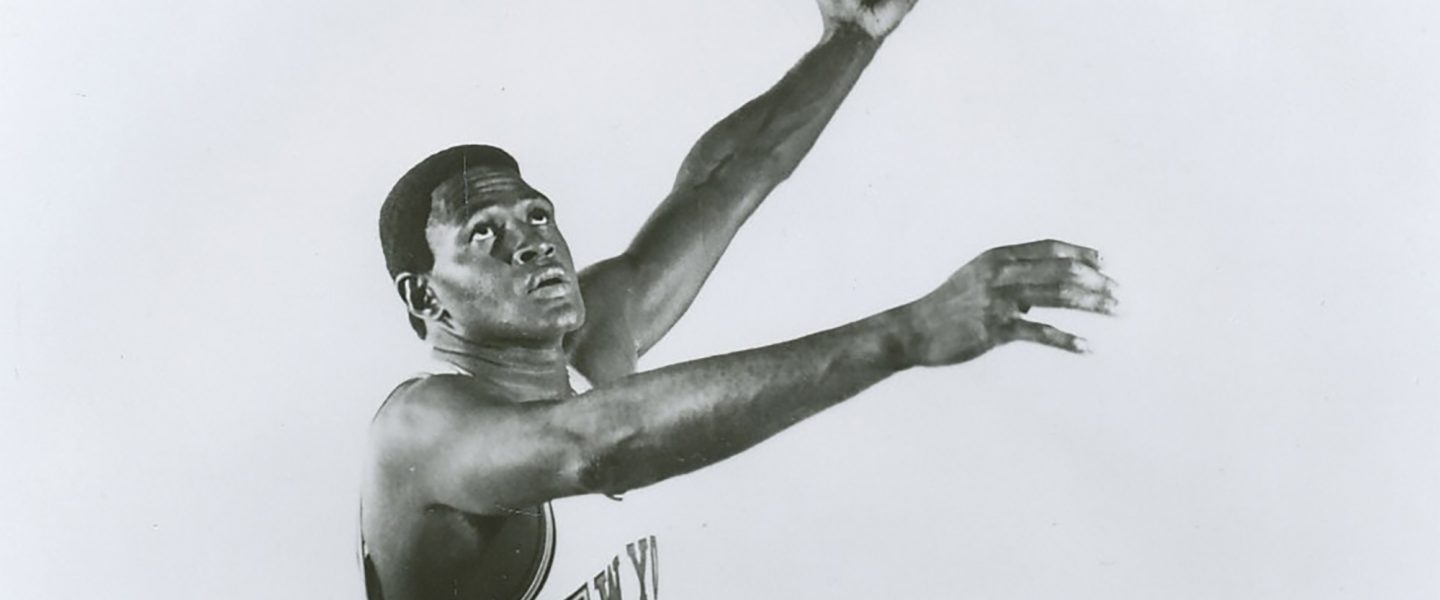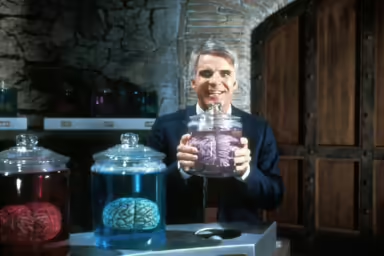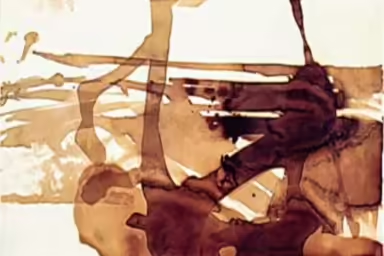And then out through the tunnel, dragging his bum leg, came Willis Reed onto the Madison Square Garden court.
|
Listen To This Story
|
The news came yesterday of the death, at 80, of the great New York Knick and basketball hall-of-famer Willis Reed.
I’m no longer much of a sports fan. I still referee soccer at a fairly high level, so on any given match day, I find myself among serious athletes and involved in intense athletic competitions. But, with very rare exception, I no longer pay money to sit in the stands or spend hours in front of a TV or listening to games on the radio. I still have some legacy attachments (the football Giants, the Mets, the Pats, the Red Sox) and check in now and then to see how they’re doing, but I don’t sweat out ninth innings or fourth quarters, and I no longer bleed.
When on May 8, 1970, Willis Reed dragged his injured leg out onto the floor of Madison Square Garden to take a few warm-up shots for Game 7 of the NBA Finals, I was 13 years old and stood about 4’10” in my prized three-banded Adidas sneakers. The top of my head would have barely grazed the bottom of the “New York” across the 6’10” Reed’s expansive chest, with my eyes just level with the big “19” below that on his jersey.
I am white and, though I could jump, never in my life would I have the thrill of dunking a basketball through a regulation hoop. No matter. I was a devoted student but I lived for sports (my incongruously mammoth cousin had played linebacker at Syracuse), and my heroes, besides my cousin, were Mets and Giants and Knicks. I lived and died with them, as did my equally unimposing father — in many ways it was our strongest bond.
At 13, I was in a hoops phase and Willis and Walt “Clyde” Frazier were more than heroes — they felt like friends. I had one actual friend, and he and I would be Willis and Clyde, and sometimes other favorite Knicks like Dave DeBusschere, Bill Bradley, or Earl “The Pearl” Monroe, as we played one-on-one for hours at a time, well past the point of exhaustion, while homework sat moldering in our bookbags.
After dark, we’d take it inside: My bedroom door opened into a corner that formed a natural basket just 7 feet high. Our ceilings were a little over 9 feet, so plenty of room for rainbow jumpers from the corner by the dresser, the foul line by the typewriter, the top of the key next to the rocking chair, and the three-point line (which the NBA did not yet have) behind the bed. The ball was a tennis ball, which you “dribbled” off the floor, the walls, the bookshelves, and furniture tops. The chandelier sometimes would block a shot, a la Celtic great Bill Russell.
 We played with a timer, we played hard, and we played with style, imitating signature moves like Clyde’s crossover dribble and The Pearl’s fall-away jumper. And by 13, we could both stuff — soaring from the typewriter down the lane to jam it down over the door-top “rim.” And one!
We played with a timer, we played hard, and we played with style, imitating signature moves like Clyde’s crossover dribble and The Pearl’s fall-away jumper. And by 13, we could both stuff — soaring from the typewriter down the lane to jam it down over the door-top “rim.” And one!
That’s when my Dad would sometimes come in, take a whiff of the gym scent, observe the puddles of sweat on the carpet and the cracks in the poor splintered door, and call an angry halt, over our protests that we were barely halfway through the third quarter.
Alas, my friend was bigger, stronger, and an all-around better athlete, so, in spite of two-a-day, hour-long shoot-arounds with my bucket of tennis balls, my very sub-.500 won-loss record would have snagged my “team” the No. 1 draft pick pretty much every year. It’s an education of sorts to lose perpetually, and the Mets had been a great role model in that department with their first seven years of abject futility. But they had, shockingly, miraculously (indeed they were called the “Miracle Mets”) turned it all around the October before, winning the 1969 World Series against all odds.
And now the Knicks, in existence since 1946, were one game away from their own very first championship, facing the mighty LA Lakers of Wilt Chamberlain, Jerry West, and Elgin Baylor.
But Reed, the Knicks’ center and captain, had a severe leg injury and was almost certainly a scratch. We had a black-and-white TV; the Knicks were in white warmups. The Madison Square Garden crowd was subdued, anxious, depressed.
And then out through the tunnel, slowly, dragging his bum leg, reportedly shot up with a heavy dose of cortisone, here came Willis Reed onto the court. The roar of the crowd was deafening, ecstatic, electric. Suddenly it was the mighty Lakers who looked anxious.
Reed started the game, limping, in obvious pain. For a center, he was a good outside shooter. The Knicks got him the ball and he hit the team’s first two shots. He would score no more, and play only 27 hobbling minutes, but everyone, even the Lakers, seemed to know the game was already over.
The Lakers never mounted a challenge and the Knicks went on to win the game by 14 points for their first NBA title. My Dad and I whooped and hugged and even cried a little.
Perhaps in some way we knew it would all be downhill from there. The Knicks, and Reed, did go on to win a second, and last, title in 1973 (and Reed’s career in basketball — as a player, coach, and in the front office — spanned decades). But a second title is somehow less than a first, and 16 is not quite 13. I had by then lost the purity of my awe. The three-point shot would come in 1978 — and Michael “His Airness” Jordan, Kareem, Shaq, LeBron, and Steph Curry. But somehow it all began to blend together in the $200-sneaker era — too much, too slick, too all the time.
There would be other miracles to come — the Mets in 1986, the NY Giants, the Patriots (I had by then moved from New York to Boston), the Red Sox coming back from a 3-0 hole over the hated Yankees (“the rich man’s team,” according to my Dad), and going on to break an 86-year curse. But perhaps, as Dylan Thomas might have put it, after the first miracle there is no other. And in basketball at least, it would never again approach the simple, fresh magic of 1970, when the Knicks were “poetry in motion” and we all felt like poets, even shooting a tennis ball over the chandelier and into the “basket.”
Thinking of Willis Reed today, and the joy he brought to me and to a troubled city, I can still hear the badabadabada of the ball as it rattled its way down to the floor in the well behind my bedroom door. And the call by legendary Knicks broadcaster Marv Albert: “Yes! And it counts!”
The full Game 7 of the 1970 Finals.
Jonathan D. Simon is a senior editor at WhoWhatWhy.




